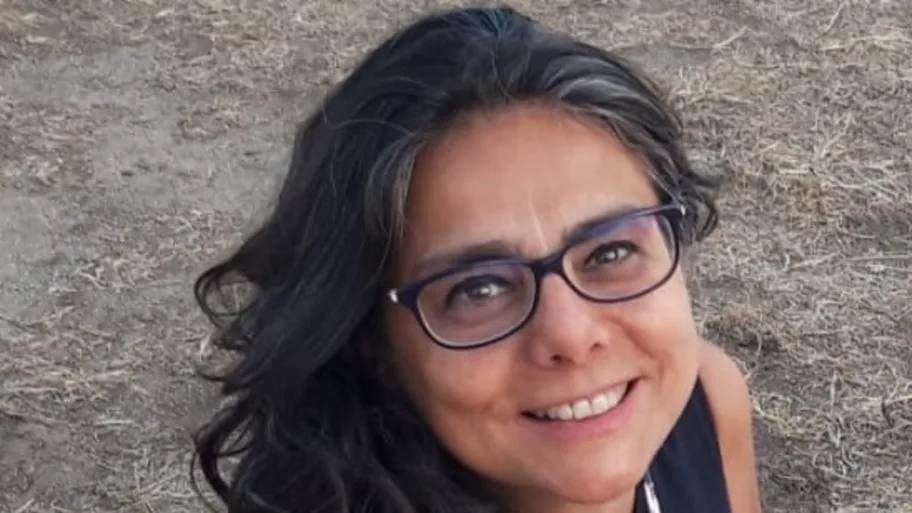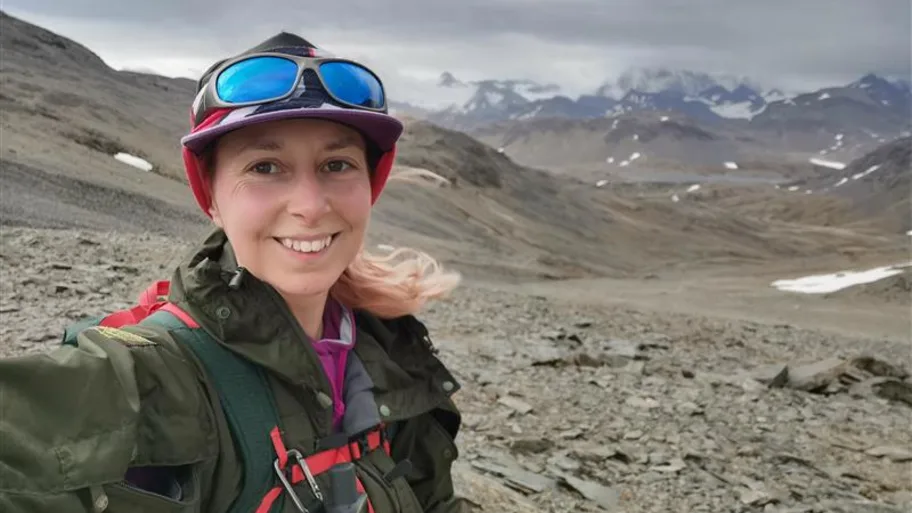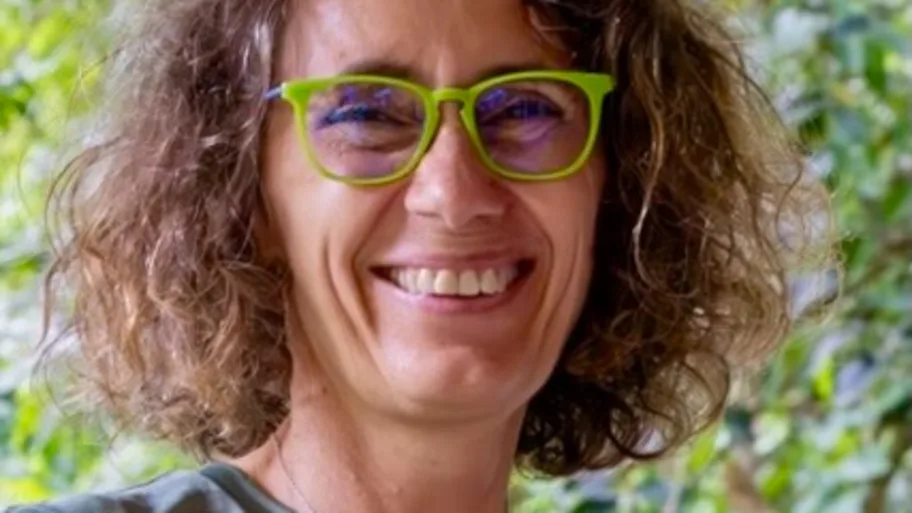
- Science news
- Frontiers news
- Janna Wale - Bridging worlds: Indigenous leadership in climate change
Janna Wale - Bridging worlds: Indigenous leadership in climate change
Authors: Chiara Francesca Paoli and Thimedi Hetti
Janna Wale is a Gitxsan (Gitanmaax First Nation) and Cree-Métis climate researcher, working as the Indigenous Research and Partnerships Lead at the Pacific Institute for Climate Solutions (PICS). Her work bridges Western science and Indigenous Knowledges to advance holistic, community-led climate resilience.
Recognized as a 2024 Corporate Knights Top 30 Under 30 Sustainable Youth Leader, through research, mentorship, and advocacy, she pushes for co-governance and the meaningful inclusion of Indigenous knowledge in Canada’s climate strategies, challenging “fast-tracking” policies that risk sidelining Indigenous rights and environmental protections, and inspiring a new generation to see science as a relationship with the Earth.
In honor of the International Day of Climate Action on October 24th and to highlight UN Sustainable Development Goal 13: Climate Action, we asked Janna what real climate resilience looks like when Indigenous knowledge, rights, and leadership are included in the conversation. She discusses the ongoing exclusion of Indigenous peoples from climate decisions and explains why bridging Western science with Indigenous Knowledges is essential to building resilient, just climate governance.
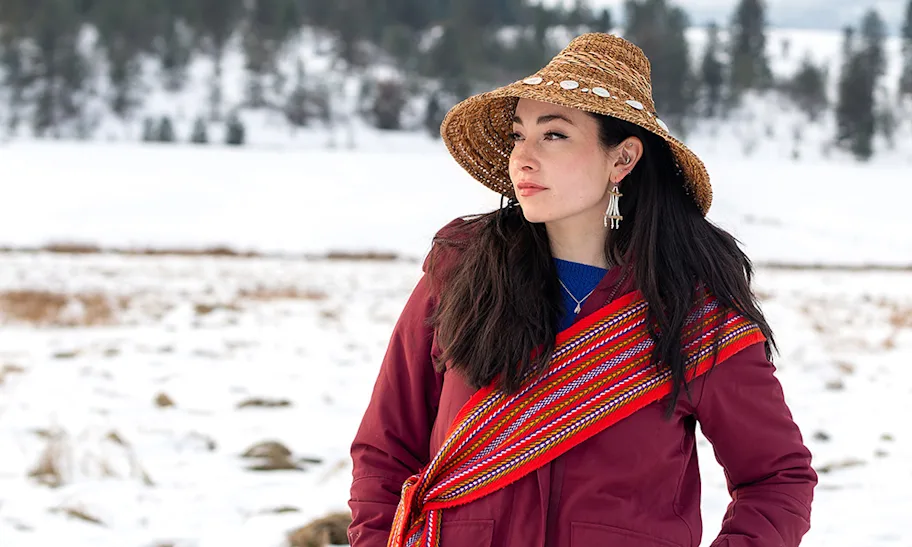
To start off, could you tell us a little about what you do day-to-day as an Indigenous climate researcher?
“As the Indigenous Research and Partnerships Lead at the Pacific Institute for Climate Solutions (PICS), I work within the community co-design stream, where Indigenous governance and climate research intersect. My role focuses on creating spaces where Western science and Indigenous knowledge come together respectfully and reciprocally. A major part of my work is implementing the Relationship Protocol between PICS and the First Nations Leadership Council (FNLC), signed in January 2025.
“This Protocol is more than just a document. It’s a commitment to do research differently. It outlines a framework where Nations’ priorities guide research, co-design is central, and accountability is shared. It acknowledges title and rights, respects Indigenous knowledge systems, and ensures research is supportive rather than extractive. It also mobilizes our university network to help implement the BC First Nations Climate Strategy and Action Plan, a First Nations–led vision for climate action grounded in title, rights, and responsibilities to land and water. It recognizes that First Nations have been leading on stewardship since time immemorial, and that effective climate solutions must respect that leadership.
“Since the signing, we’ve created a scholarship program to fund reciprocal, co-designed research with First Nations communities. We’ve hosted Siila Watt-Cloutier as our inaugural research fellow, producing the award-winning podcast A Radical Act of Hope on her life and work, and recently welcomed our second Indigenous Climate Fellow, Heiltsuk Hereditary Chief Frank Brown, to guide implementation of the Protocol. Much of our work centers on building relationships, connections, and trust to support research done in a good way.
“As an Indigenous climate researcher more broadly, my work is rooted in relationship - to community, to the Land, and to the responsibilities that come with both. Some days, this means working directly with communities on climate adaptation planning; other days, it means researching and writing to make complex ideas accessible to those most affected. I often facilitate knowledge exchange between Indigenous and Western science, ensuring Indigenous governance and laws are respected in climate policy and research.
“As a Gitxsan researcher, I bring my identity, teachings, and worldview into everything I do. I carry forward the understanding that climate change is not only environmental but relational - about how we connect to the land and to each other. My work is about building bridges: between research and action, between communities and institutions, and between past, present, and future generations.”
For readers new to your work: what parts of your life and community shaped your path into climate research and advocacy? Did you have any role models/mentors, particularly women who were working in science already?
“Climate research and advocacy have been part of my journey since childhood. Growing up, I never saw myself or my family reflected in the science I learned at school. I did not see Indigenous people being presented as experts; Indigenous knowledge was (and still is within some disciplines) presented as accessory to western science. In the same way, there were very few examples of women in science; most of the scientists were presented as men in white lab coats.
“That absence shaped me. It made me curious about whose knowledge counts and determined to change that narrative. My work now focuses on ensuring Indigenous knowledge systems, women’s voices, and community-based understandings of the environment are recognized as vital forms of science and stewardship.
“My greatest role models are my family - my mother, sister, aunties, uncles, cousins, and friends - whose love grounds and drives my work, especially knowing that each of them will experience climate impacts in their lifetime. I’ve also been guided by Indigenous women matriarchs, Elders, and Knowledge Keepers who model science as observation rooted in relationship and responsibility. “A few mentors stand out:
Sereana Naepi-Patterson, who first introduced me to Indigenous research.
Taylor Wale, my cousin, whose pursuit of a master’s in science inspired my own.
Rhonda Maskiewich, my auntie, who encouraged me into natural resources after completing the same program two decades earlier - with two small children at the time!
Sheila Watt-Cloutier, who I worked with as our inaugural research climate fellow, who showed me that science can be an act of bravery and love, rooted in truth and reciprocity.”
You grew up harvesting salmon and reading seasonal cues. Can you share a story of how climate change shows up in real time?
“As a kid, I remember harvesting salmon with my family. In just a day or two, we could gather enough to last our extended family through winter. But as I grew older, it became clear the land and waters were undergoing rapid environmental change.
“The summer before grade 11, I observed these changes firsthand. My dad, uncles, grandfather, cousins, and I travelled to Kitsgegas - two hours northeast of Hazelton, British Columbia (BC) - where my family has harvested for generations. My job was to follow my uncles along the riverbank, waiting as they placed fish in tide pools. After walking all day, we had only a few fish.
“By sunset, the salmon return was so poor that my dad and uncle decided to stay overnight to fish again at dawn. I was sent back to town, leaving them behind. That was the first time I truly understood what ‘climate change’ meant - how it could directly impact our lives, families, and territories. The changes were stark to see, even within my relatively short lifetime.
“In our community, salmon are integral to who we are. My village, Gitanmaax, translates roughly to ‘people who harvest salmon using torches.’ Salmon are extremely important, not just socially and ceremonially to our people, but to the Skeena watershed, being a keystone species. If they disappear, so too will vital pieces of our territory, our culture, and our history.”
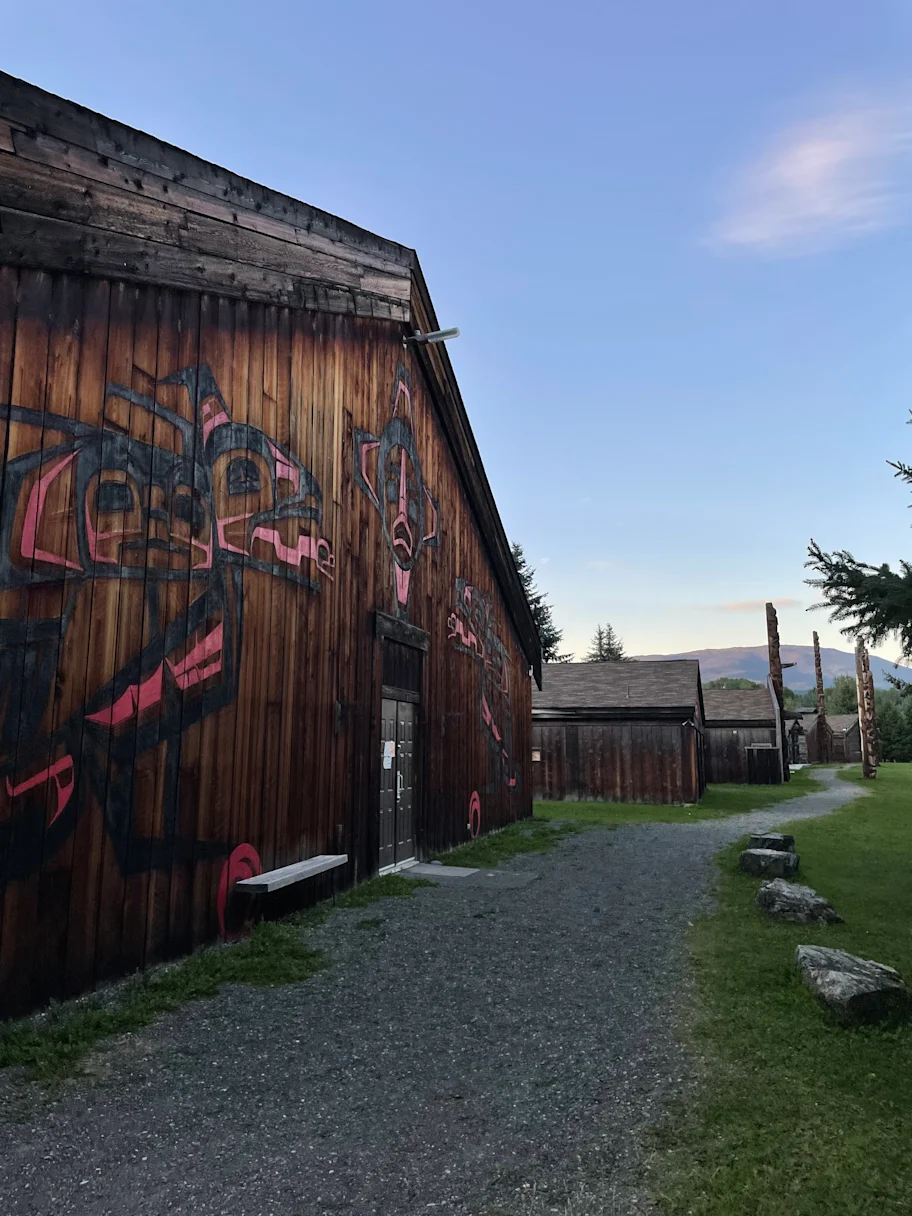
You describe climate change as a relationship issue with Earth. What does a healthy relationship look like?
“Climate change is as much a relationship problem as an environmental one. Many of our laws and policies are built on extraction rather than reciprocity, creating disconnect and imbalance between people and our relationship with the Earth.
“Gitxsan culture is founded on the belief that we are inseparable from the land and have active roles within the broader social-ecological system. Our teachings reinforce balance - taking only what we need and giving back in return. A healthy relationship with Earth must restore that reciprocity.
“For individuals, it begins with reconnection: learning about your local lands and listening to those who have stewarded them since time immemorial. For communities, it means building trust and inclusion, so all voices are heard and respected in climate planning. For governments, it requires dismantling extractive policies, and instead considering more non-economic values such as respect, balance and reciprocity - ensuring land is not treated as a commodity.”
When Indigenous and Western knowledge work together, what does collaboration look like?
“Bringing Indigenous and Western science together can create holistic, place-based climate solutions. When combined, both forms of knowledge can work beautifully together to meet the climatic challenges that we are collectively facing.
“A strong example is the aforementioned Relationship Protocol between PICS and the FNLC, which combines institutional research capacity with community priorities and guidance. This co-design ensures that those living the impacts of climate change on the ground help generate solutions tailored to their contexts.
“Another powerful example is the collaboration between fire ecologist Dr Kira Hoffman and the Gitanyow Nation, revitalizing traditional burning practices within Gitxsan territory. From an academic perspective, Kira’s work is a testament to research done in a good way, through relationship-building, respect and responding directly to community goals and guidance. From the perspective of a community member, I have been impressed with Kira’s humility and willingness to learn about our culture. It’s a model of co-design done well - producing strong research with full community support.”
Where are Indigenous peoples still excluded from adaptation decisions today, and what are the impacts?
“Indigenous peoples remain underrepresented in climate policy and decision-making. While inclusion is improving, Indigenous knowledge and governance are still too often treated as supplementary to Western science.
“As a result, adaptation plans in Canada often reflect Western experiences and values, creating mismatches with what communities actually face.
“During the 2021 BC heat dome, for instance, which saw the province experience soaring temperatures, residents of my rural community along Highway 16 were advised to seek cooling centers - but none existed. Most homes lack air conditioning, with the nearest place to buy one being two hours away. With limited healthcare access due to frequent hospital closures, elders and vulnerable people had nowhere to go for relief.
“This is just one example of how excluding lived and local experience from decision-making creates real-world harm. By including more diverse voices in adaptation planning, we can identify these blind spots and build healthier, more equitable responses for the people who need them most.”
Are you seeing promising shifts toward reciprocity and co-governance? What should be accelerated?
“In policy and funding, we’re seeing some regression compared to past years. Many successful initiatives - like CleanBC - are ending, and climate change is losing priority on political agendas. Environmental organizations are struggling for resources, while legislation in some provinces (such as Ontario’s Bill C-5 and BC’s Bills 14 and 15) continues to favor economic development over environmental protection and Indigenous rights.
“Despite the shifting of political will, and likely in large part because of it, we are at the same time seeing many partnerships blossom. Organizations are joining forces to pool resources, share knowledge, and strengthen collective impact. These collaborations are critical despite recent political shifts.
“The rationale behind these shifts is largely linked to the political climate of our southern neighbors; however, the funding cuts and the de-prioritization of climate change within the political agenda will carry weight well into the future. Climate change is the most pressing issue of our time, and now is the time to continue to resource our best scientists, support our communities, and prioritize initiatives that build adaptation efforts and climate resilience while reducing emissions through mitigation efforts. We cannot delay.”
You spoke at COP28 with SevenGen, an Indigenous youth council committed to a sustainable and equitable energy future. What gives you the most hope right now? What roles do you see for young people - especially women, Two-Spirit and non-binary youth - in leading this work?
“One of the things that I am the most hopeful about is power of the next generation. As an Indigenous youth, I am so excited to see so many other Indigenous youths who are showing up, taking up space, and letting their voices and wisdom be heard by those who desperately need to hear it. Our strength comes from our ancestors, and I am so excited to see so many youths doing the work to advocate for the future that they want to see, and for the changes that need to be made to get there.
“Climate change is a wicked problem that will impact everyone. As such, now more than ever, we need everyone to be involved in creating change and working towards solutions that are accessible, inclusive, and reflective of differing lived experiences. To me, it is high time that youth, women, two-spirit and non-binary kin are seen, valued, and recognized as the leaders that they are. We need a conscious and collective effort geared towards creating spaces that are safe and respectful for everyone to be heard and listened to. It also means ensuring the space created for different lived experiences is more than just a checkbox - their voices should be reflected within decision-making processes. Many (if not all) of the spaces that I have been welcomed into are a direct result of the advocacy, work, and effort of those who have come before me and have broken the trail. It is now our turn, to continue to break trail for those who will come after us.”
Reflecting on your career as a climate researcher, which achievements stand out to you most, and how do you envision the next stage of your work unfolding?
“The biggest achievement that stands out to me within my career to date is learning to use my voice for the changes that I want to create. Growing up, my parents always told me that I could do whatever I set my mind to, and I learned to believe them. Over the past couple of years working in my field, I have learned that there is strength in showing up authentically - my most resonant work is deeply steeped in my own identity: not only as a researcher, but as a Gitxsan and Cree-Métis person, as a sister, as a daughter, and as a relative. By including all these parts of myself, my research is stronger, my message is more powerful, and I can better represent my family, my community, and what the research and work really means to me. For me, the awards and the accolades I have received all come second to making my family and community proud.
“I do this work because I believe that we have the power to make change, and I want to be a part of leaving behind a better future for those who will be coming after us. Climate change work will continue to unfold - climate change is not going away. We are living in a time of increasing uncertainty both environmentally and politically, but I have confidence in our ability to correct course, to use the teachings that have been passed down to us, and to ultimately leave behind a future our children can be proud of.”
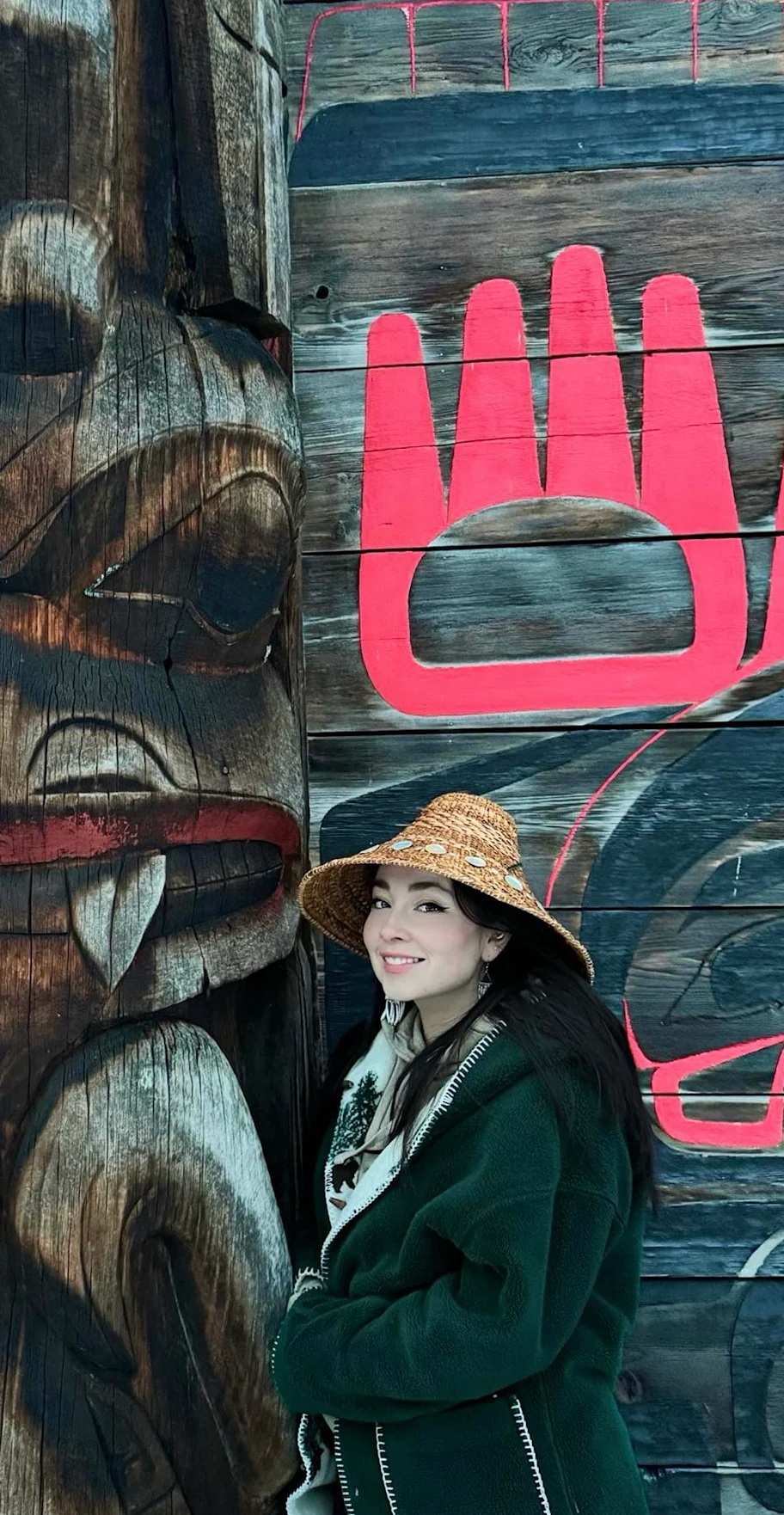
Frontiers is a signatory of the United Nations Publishers Compact. This interview has been published in support of United Nations Sustainability Development Goal 5: Achieve gender equality and empower all women and girls and United Nations Sustainable Development Goal 13: Take urgent action to combat climate change and its impacts.
